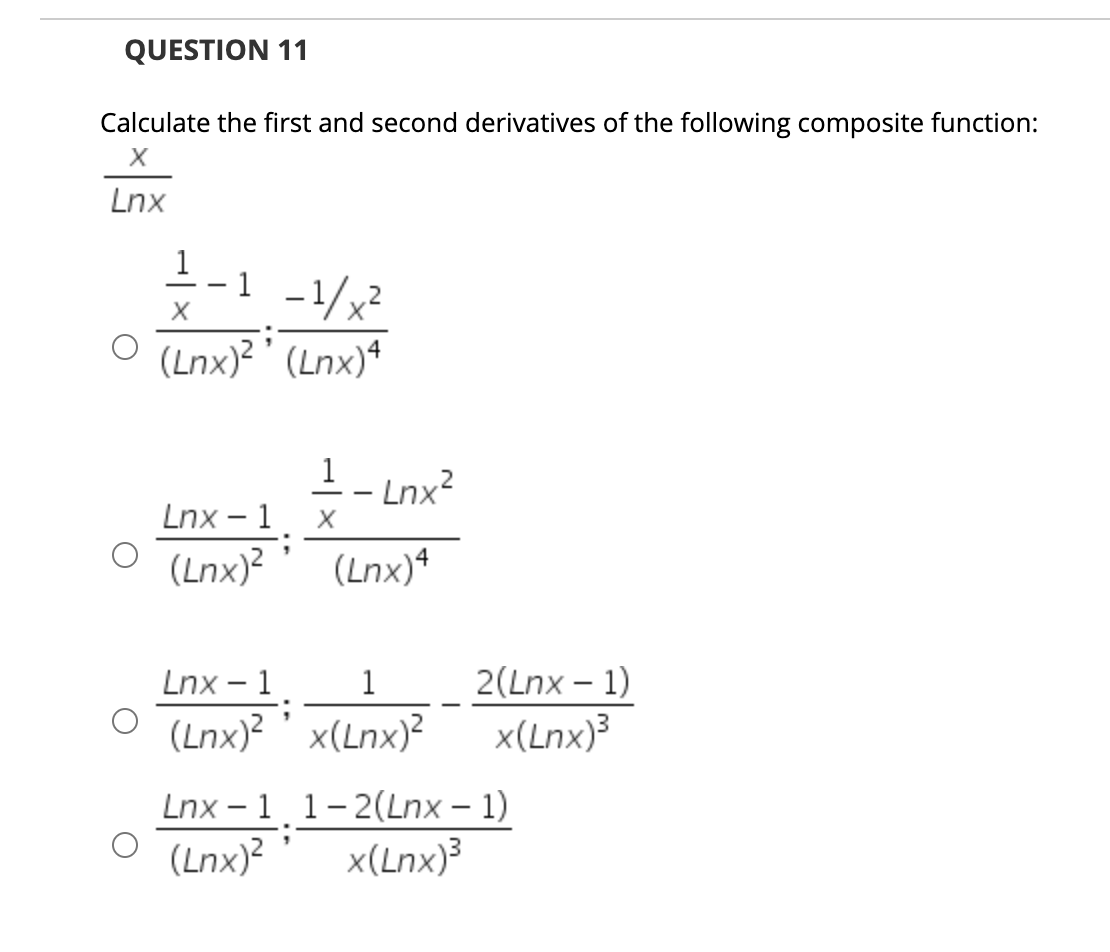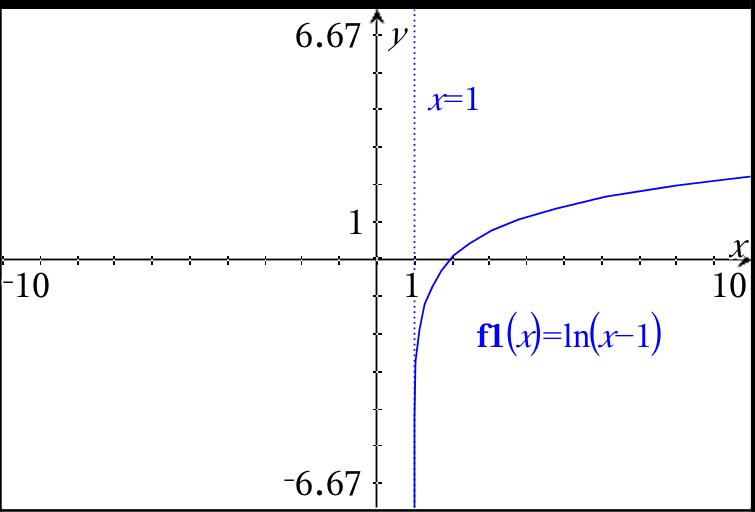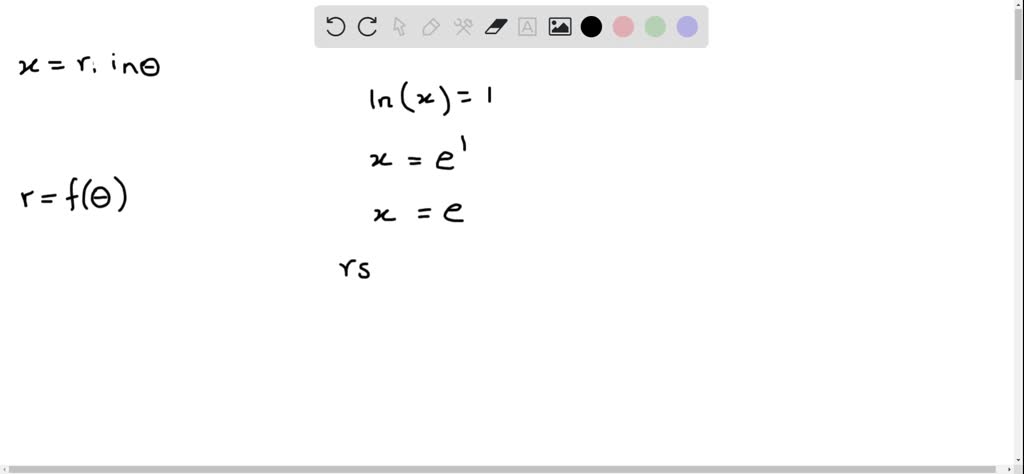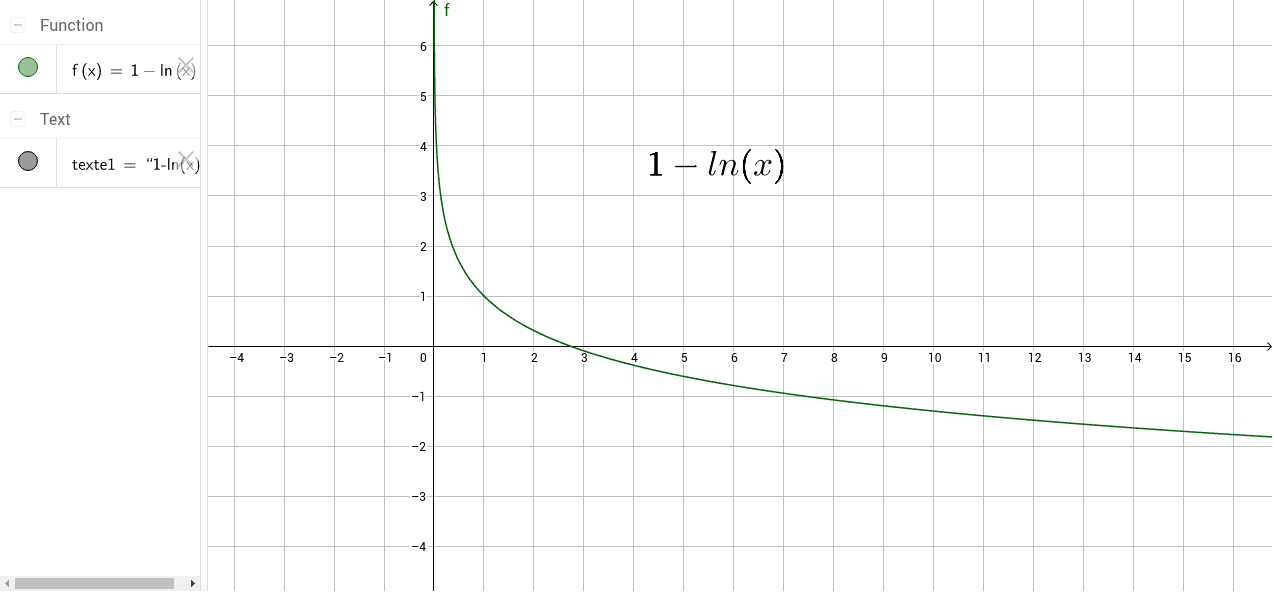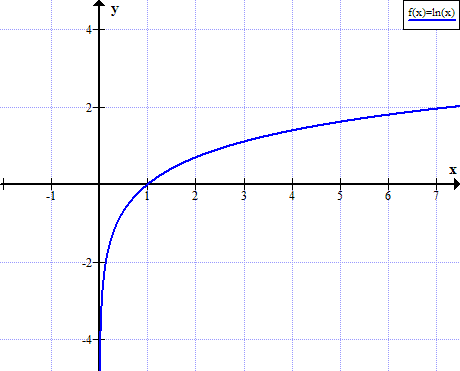
SOLVED: Use logarithmic differentiation to find the derivative of Y = xlnx. dY/dx = (x * d(lnx)/dx) + (lnx * d(x)/dx) = (x * 1/x) + (lnx * 1) = 1 + lnx
How to integrate ∫ln(x) ln(1−x) dx and (integration limits a = 0 and b= 1) with steps? What is the method used - Quora







